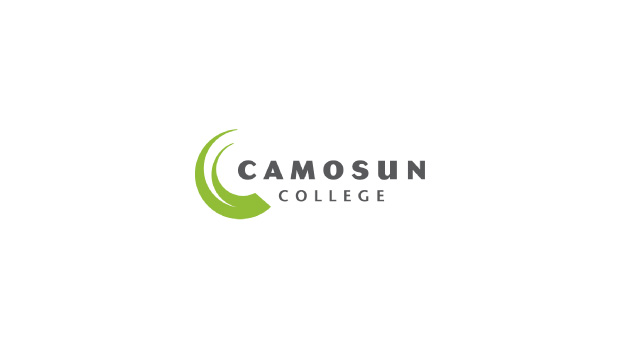According to Jay Ingram of the Discovery Channel, and other leading experts on science outreach, making Canadian science accessible to the public is the greatest hurdle in generating large-scale enthusiasm. The majority of the general public just can’t understand the science behind the typical demonstrations and exhibits included in outreach events of this kind.
The first step in overcoming this communication boundary is to increase the scale of the demonstration, making it visually stimulating, and allowing greater information processing. For instance, the physics of momentum transfer behind a Newton’s cradle is much more readily understood when the mechanism is ten feet tall and curling stones are used for the pendulums – the impact is greater, more audible, and momentum transfer takes longer to occur over the greater material distance, which gives the public that extra split second to identify the process. Increasing the scale of your demonstrations will not only make the information more accessible, but also increase immediate interest and attract public attention to the science behind the exhibit.
Over the past ten years, Science Rendezvous partners have found that interactive demonstrations and hands-on activities specifically developed to convey the research and innovation occurring at each specific institution is the most effective means of public engagement. The general public, and especially youth, do not take much away from the event when they are talked AT about science – as in a typical lecture series – but want to be directly involved in the science, getting their hands dirty right beside the people responsible for creating the demonstration; the public wants to talk about science WITH the scientists actually doing it.
This is what the SR initiative is all about: getting world-class scientists from institutions across Canada out onto the streets, interacting directly with the public, and discussing their science with youth. In order to engender public ownership of Canadian science, and secure the next generation of researchers and innovators, participants must feel that they are a vital part of the process: direct face-to-face interaction with the public through hands-on activities and demonstrations involve the public directly in the exhibits. Hands-on learning is the most basic and effective educational tool. Direct public involvement and face-to-face communication with science and scientists is the only viable method of generating a true culture of science in Canada.



























